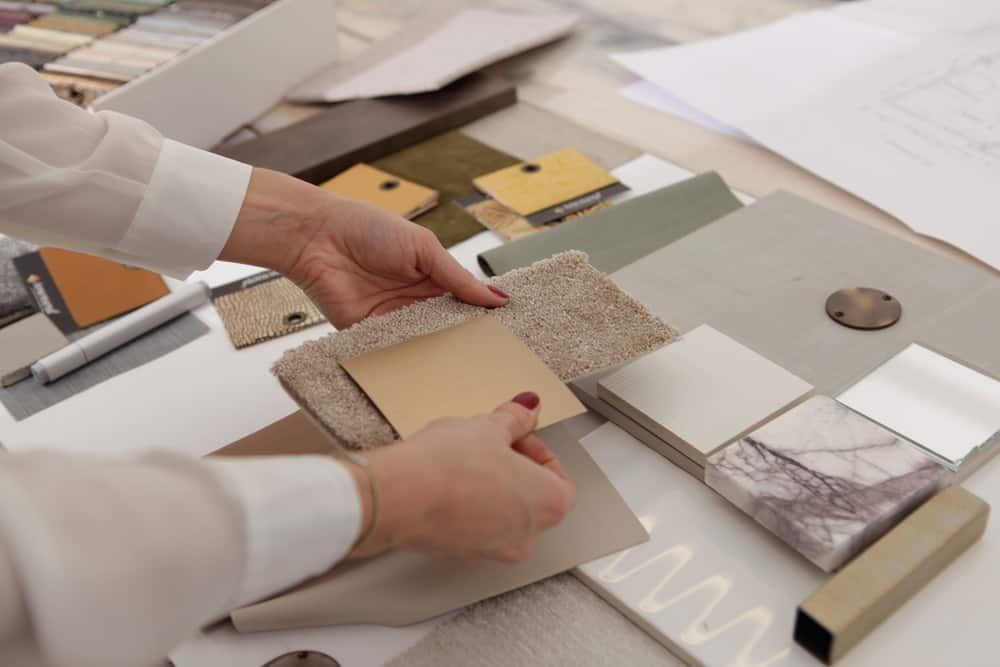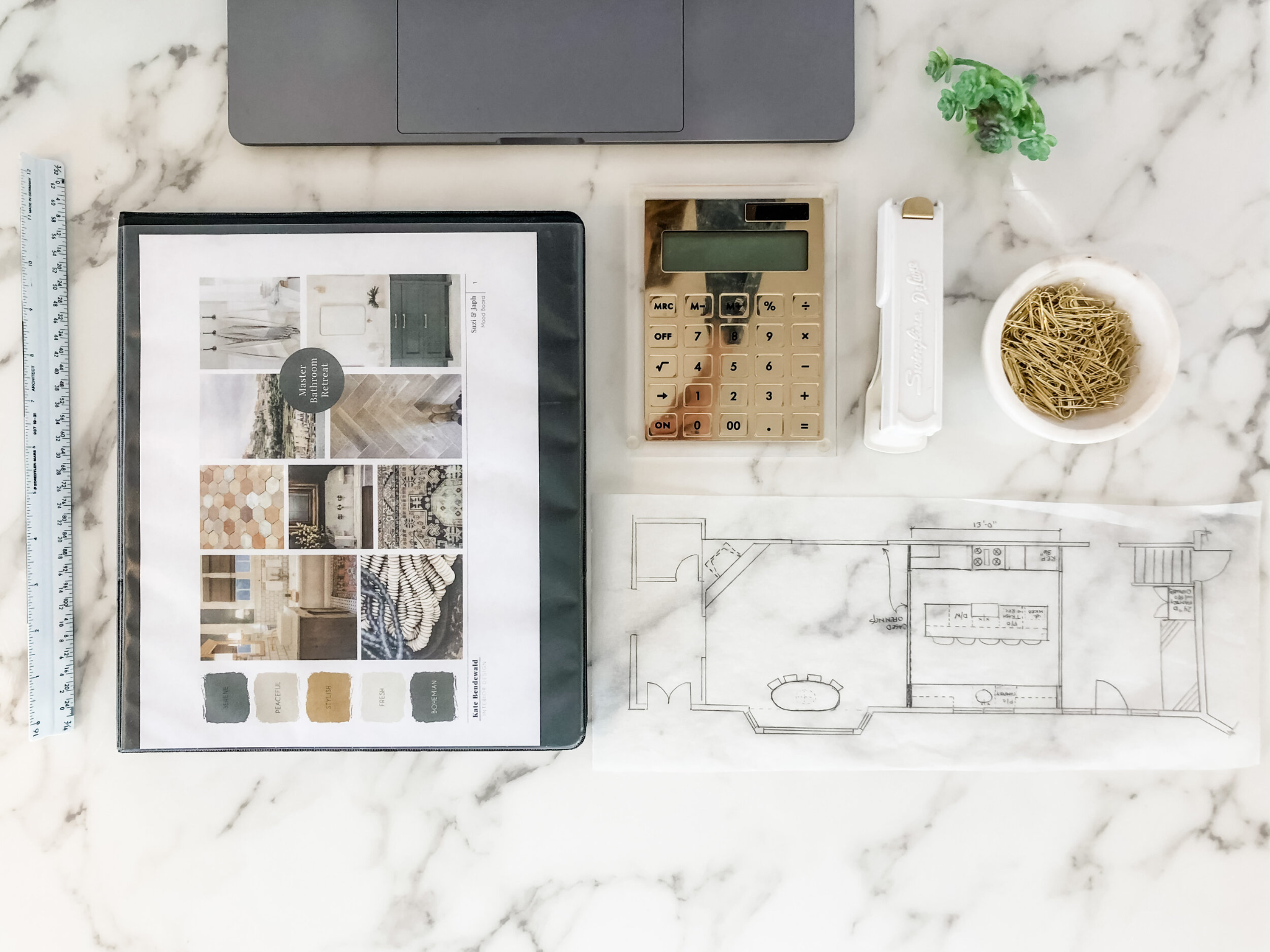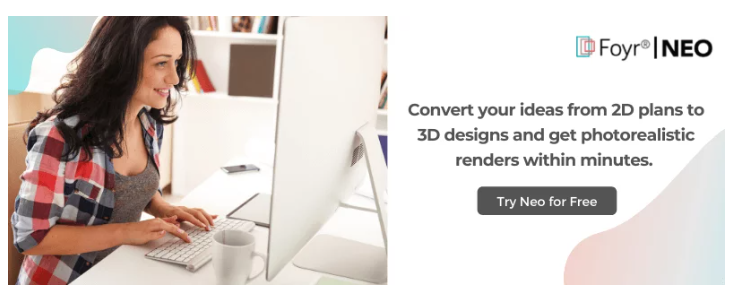Interior Design Clients and Projects
You’ve likely heard someone in the design industry say that their business, product, or service can “help anyone!” That’s never true and it actually makes it difficult to explain exactly what type of new clients would benefit from working with your business. Why don’t you chase down anyone with a budget and a need? There’s an old saying in business: “pick a niche, get rich.” What this means is that an ideal client profile for interior designers will help them orient their messaging, service delivery, pricing, marketing, and other customer-facing operations to appeal to a specific type of client that has the greatest identifiable need.
Read also – How To Get New Clients For Interior Design Business?
What information is needed to create an ideal client profile for interior designers?
Don’t worry if you’re unsure of exactly where or how to get started creating your own ideal client profile. Most small businesses put off this priority while trying to chase down new clients. In a later section, we’ll walk you through some of the basic questions for arriving at a complete picture of your best business prospects. Generally, marketing experts recommend using two different types of data when defining your target clients: demographic and psychographic.
Demographic data includes objective information about your prospects and psychographic data profiles are used to answer more subjective questions about a prospect’s tastes, preferences, interests. Listed below are the most common categories of information for each type of data:
Demographic Data
- Age
- Gender
- Married
- Income range
- Location
- Education
- Homeowner or renter
- Job (including industry, role and title)
Psychographic Data
- What do they value in their personal and professional lives – what are they passionate about?
- What are their design aspirations; who do they follow and most want their home or workspaces to reflect?
- What styles or trends interest them?
- What struggles and challenges have they faced while undertaking design projects in the past; what has led to them working with you?
- What problems can you solve, or how exactly can you make their life easier?
- How involved do they want to be in the design process and decisions?
Can you have more than one ideal client profile?
If your business offers multiple design services (particularly if you have multiple employees), then it is possible to target several different types of clients. For example, some of your ideal clients may want only one of the services you offer, while others want a full suite of services. What matters most is that you can define why you want to target potential clients that make sense for your business niche and strengths.
Image Credit: Designer’s Oasis
Why is it Important to Build and Adhere to an Ideal Client Profile?
There are numerous reasons why you build an ideal client profile for an interior design business. Included in the list below are six crucial advantages that interior design business owners can realize from creating and sticking to a well-defined target customer:
- You are much more likely to find and win profitable projects. The better you understand and appeal to your ideal clients the more they’ll be willing to pay for your expertise and insight.
- Most businesses spend a lot of money trying to figure out what marketing efforts will work. During this process, interior designers spend valuable time and resources on reaching new clients while missing their target market. By focusing on a narrow segment of the potential audience, you can be more targeted (focused) with your marketing efforts and more effectively learn what resonates with your dream clients.
- It can be hard for interior design businesses to establish a winning value proposition (i.e, way of helping or serving clients that is different and better than their competitors). However, by only offering to serve a small portion of the interior design marketing, you’ll be able to articulate a very specific and meaningful value proposition. This is the exact opposite approach of being all things to all people; this approach means being the exact thing that only a few people need!
- You’re likely to get more enjoyment from your work because the types of projects you win are better suited to your own preferences and abilities. This will help you feel more job satisfaction, something that won’t be lost on your clients either.
- By sticking with an ideal client profile you’ll develop expertise in specific types of projects. This will make it easier for you to earn referrals and build a reputation in the industry.
- As you serve similar clients you can also expand your service offerings as needed. Over the course of several years, you will find other ways to help clients, and this helps you expand your business, eventually hiring more employees or investing in more sophisticated sales and marketing.
Read also – How Do High-End Designers Get Interior Design Clients On A Low Budget?
How do you use an ideal client profile?
After investing the time to create a full, descriptive ideal client profile you’re likely ready to put it to work by getting new clients! Here are just a few ways that you can start using your ideal client profile in routine business development and marketing activities:
- Clearly describe your ideal clients when asking for referrals as this will allow others to self-qualify potential customers before making the connection. The last thing you want is a calendar full of meetings with prospects that are a bad fit. Don’t be afraid to be very specific when providing details!
- Definitely use your new ideal client profile when creating marketing plans. You’ll want to be smart and efficient with how you reach out to and segment your prospects.
- When you’re writing copy or specific marketing messaging, rely on your ideal client profile information to guide which pain points you address, the tone you use, and which services you’re trying to sell. Make sure these all align with both types of data included in your profiles (psychographic and demographic.).
Read also – 15 Steps To Prepare Interior Design Client Contract
What if you find a prospective client that’s outside your Ideal Client Profile?
Picking the right clients ultimately means that you’ll have access to the right kinds of projects; ones that pay well, go well and leave the client feeling satisfied with the results. However, it can be extremely difficult to walk away from clients that promise great opportunities or aggressive compensation. Although it’s been said a lot it still bears repeating: big contracts or opportunities that don’t fit in your ideal client profile are likely not worth pursuing.
Even when there’s a lot of money on the line, the best thing you can do is walk away from a bad fit. In fact, large projects that pay well can complicate the entire relationship. For example, because the client has offered you a competitive contract they might have unreasonable expectations about how much time you will spend on the project or how available you will be for meetings, phone calls, travel, etc.
Later in this article, we’ll discuss some additional strategies for vetting (beyond the hard data in your ideal client profile) whether it’s worth taking on a specific client or their project.
Read also – Financial Management For Interior Design Business
Image Credit: Gather
5 Tips to create your Ideal Client Profile:
If you’ve just started creating your ideal client profile or looking to tweak a working document, here are 5 expert tips to get you headed in the right direction:
- Conduct research on social media platforms to discover information about the types of people with whom you want to work. Take notes about their style preferences, personal social media posts, the way that they talk, the content that they share, and any other information that will help you more relate to and reach new audiences.
- Determine the best channels for reaching your ideal clients. Where do they spend time? Where do they look for information? This will help you build a more effective marketing strategy and one that actually targets your ideal clients.
- Understand the primary trusted resources that your ideal clients use. Do they tend to trust references or personal recommendations, as most clients do? Or, do they tend to use search engines when first looking for information?
- Ensure that your ideal client profile takes full advantage of your niche and experience as an interior designer. Some people have aspirational goals for their ideal client profile, but you’ll want to stick to areas where you have the most expertise. Being disciplined in this approach will keep you from taking projects that require you to spend valuable time learning new skills or researching areas that are unfamiliar.
- Analyze your past successful projects to better understand why you partnered well with those clients. Do they meet the criteria you’ve outlined for your ideal clients, or will this give you a helpful starting point? What qualities and traits do those clients share?
Use the tips listed above to create a fuller picture of the person you want to work with and keep your sales and marketing efforts focused on the right strategies and tactics.
Read also – Instagram and Pinterest Marketing For Interior Designers
Image Credit: Dreamstime
Picking the Right Interior Design Projects and Clients
Following the criteria outlined in your ideal client profile isn’t a guaranteed failsafe for picking the right customers and prospects. The second step in vetting projects and clients is assessing your feelings about and connect with the prospect. The ability to do this well is called emotional intelligence and it describes the capacity to intuit whether you can have a healthy, happy, and profitable working relationship with a client.
While the hard data in your ideal client profile will help set up an analytical process for defining the right clients, high emotional intelligence will help you communicate and connect with the client to answer a key question: can you work well together?
Unfortunately, there’s no exact right answer to this question, and emotional intelligence is what people typically refer to as a “soft skill.” Nonetheless, there are some basic frameworks you can use to understand how well you’ll partner with the client. We suggest you start by reviewing these areas after your first meeting with a prospective client:
- Can you speak openly and candidly with the client? Or, do they get visibly upset or agitated if you express a different opinion?
- Do they make you feel nervous or frequently the second guess your decisions?
- Have they acknowledged your expertise and authority as a professional?
- Do they take a long time to respond, or constantly change their minds about important decisions?
- They have unrealistic expectations about your availability (e.g., texting and calling on the weekends).
- They have a poor taste but strong opinions.
- They want you to do large amounts of work
A client might seem like the perfect fit on paper, but once you start getting into the details of a project it can become clear that they will be difficult to keep on track or agree to project details.
Read also – Lead Generation for Interior Designers
Image Credit: Home Stratosphere
What Makes a Good Interior Design Project?
Now that you’ve created an effective roadmap for intellectually and emotionally identifying clients that will be a good fit, it’s time to review how you can pick more successful projects. How can you identify opportunities that will take your business to the next level?
Below are a few standard questions that you can use to help determine if a specific project makes sense to accept and if you and the client will both be thrilled by the outcome:
- Feels right
- Sparks your passion
- You can visualize yourself working on the project
- It fits with your brand
- Benefit your portfolio
- Confident about partnering with the client
- Fits project schedules
- Pays fairly, and they have a budget
- You feel confident about your ability to execute the project details
- Uses your skills and creativity
It’s fair to say that not every project will fit all of these criteria. You can’t do only the work you want to do all of the time. But, it’s worth making a commitment to yourself that you won’t take on projects that don’t meet at least 6 out of the or 7 out of the ten criteria.
The added benefit of using these qualifying questions is that it can save you from taking on a nightmare project that will prevent you from pursuing something better when it comes along.
Read also – The Ultimate Guide To Building A Strong Interior Design Brand
How to say no to an interior design client or project?
If you’ve decided that a client or project isn’t a good fit, it’s time to formally turn it down, and that can feel awkward. The best advice for this situation is very simple: clear is kind. From the very start, you can let the client know that you will be honest with them if you feel that the relationship won’t work. When it comes time to separate or reject their offer, clearly, professionally, and unemotionally express why it’s not a good fit for you. You might also consider providing further feedback if it would be helpful for them. If the client is offended or angry, this is not your fault!
Build a Successful Business With the Right Interior Design Software
Having the right business tools will make each stage of the interior design process simpler and more efficient. Foyr Neo is a powerful interior design platform built with you, the designer, in mind. Take design ideas from concept to a photo-realistic rendering in just minutes with a suite of advanced tools, including:
- The ability to choose from thousands of preloaded items like furniture, plants, accessories and much more – or upload your own 3D models to create the exact look your clients want.
- Produce 4K, photo-realistic renderings on demand.
- Advanced lighting options and visualization settings.
- Real-time 3D editing capabilities.
By combining the functionality of multiple tools in one platform we empower designers to spend less time with software and more time with their clients. You can try Foyr Neo free for 14-days now and experience the power of limitless design.













